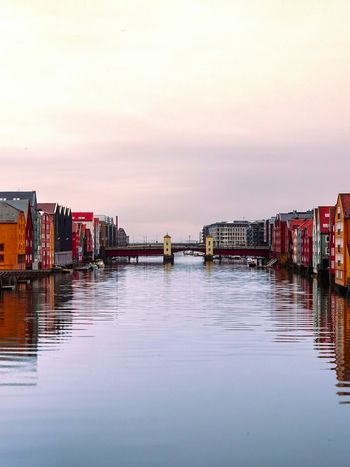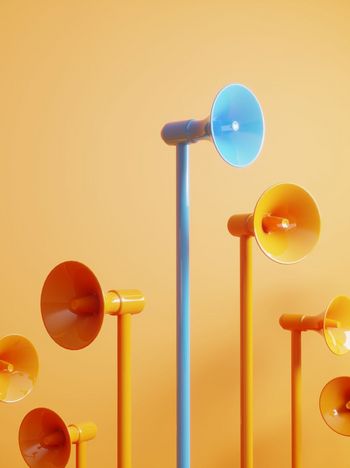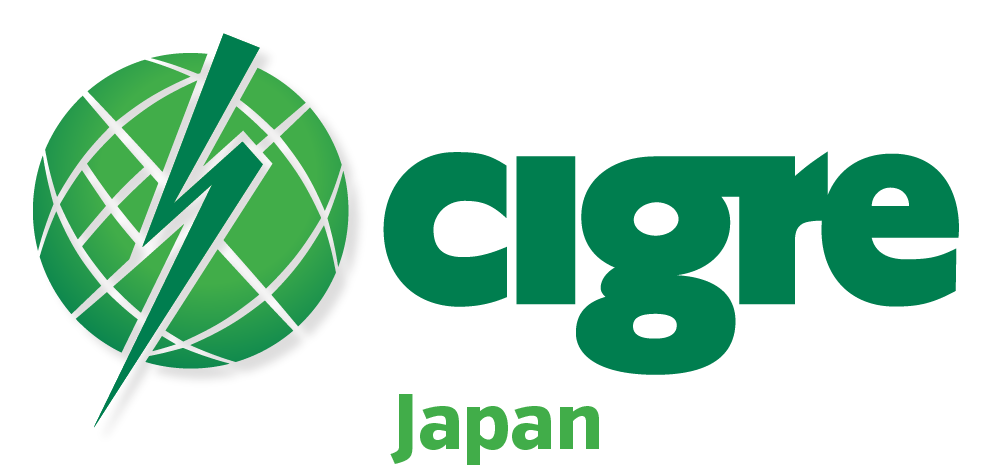CIGRE Japan - Report of the 2023 CIGRE International Colloquium in Sendai
The Japanese National Committee of CIGRE, supported by study committees B2 (Overhead lines), C3 (Power system sustainability and environmental performance), C4 (Power system technical performance), and the host utility Tohoku Electric Power Network Co., Inc. hosted the CIGRE International Colloquium in Sendai from October 3 to 7, 2023.

Sendai, Japan
3-7 October 2023
By the Technical and Colloquium organizing committees:
P. Van Dyke, Chair SC B2, M. Vázquez Miranda, Chair SC C3, M. Val Escudero, Chair SC C4 and Y. Kuranari, SC B2 representative of the Japanese National Committee of CIGRE and Chair of the Organizing Committee of the CIGRE 2023 Colloquium, S. Nakasono, SC C3 representative of the Japanese National Committee of CIGRE and M. Hojo, SC C4 representative of the Japanese National Committee of CIGRE
Overview of Sendai Colloquium
The colloquium was organized under the general theme “Recent Overhead Transmission Line Technology and Environmental Measures” and was structured around the following preferential subjects: Sustainable Overhead Lines (OHL), Environment and Planning, Reliability of OHLs, Advanced Construction and Maintenance, Resilience of OHLs, Recent Technologies for Disaster Recovery.
Around 500 participants from 29 countries attended the three-day colloquium, during which 5 keynote speeches and 75 papers from 19 countries were presented in 16 oral sessions. Additionally, 22 posters were presented. There were also 6 tutorials, as well as Next Generation Network (NGN) and Women in Energy (WiE) Forums.
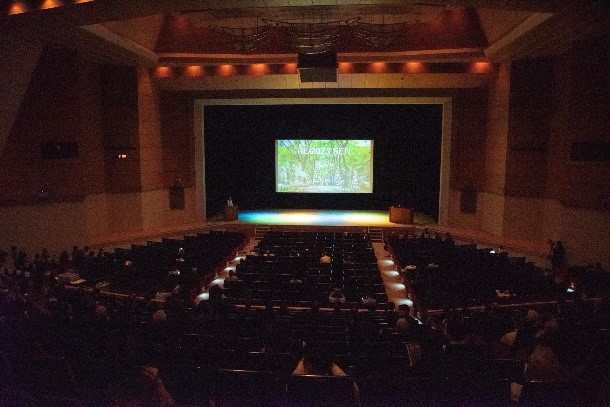
Before the colloquium, Study Committee B2 held 18 working group or technical advisory group meetings, as well as its technical meeting. SC C3 also held its technical meeting.
There was also an Asia and Oceania Regional Council (AORC) SC B2 panel meeting on October 3rd, led by Mr. Tetsuya Yamanaka, which was attended by of 25 people in person and 45 people virtually.
The colloquium was followed by a two-day technical tour to the General Education and Training centre of Tohoku Electric Power Network Co., Inc. in Minamisoma, Fukushima, to the TEPCO decommissioning Archive Centre in Tomioka, Fukushima and to Hitachi Origin Park at Hitachi, Ibaraki.
NGN and Women in Energy (WiE) Sessions
Mr. Daijiro Herai and Mr. Yoshihisa Nakashima served as moderators for each NGN/WiE session, with 40 participants on-site and at least 10 participants online each day. The first session began with a welcome speech by Phil Coughlan, NGN IEC Chair. After that, Ana Lovrenčič, Slovenia NGN and SCB2 NGN Chair, shared her experience with CIGRE/NGN/WiE. Following her speech, the NGN activities of four countries (Austria, Australia, the United States and the Netherland) were discussed.
In the session on the second day, experienced overseas speakers, such as Dr. Tor Laneryd from Sweden, Mr. Herbert Lugschitz from Austria, and Dr. Mona Tal Katz from Israel, delivered speeches based on their experiences and insights. These speeches were followed by enriching discussions.
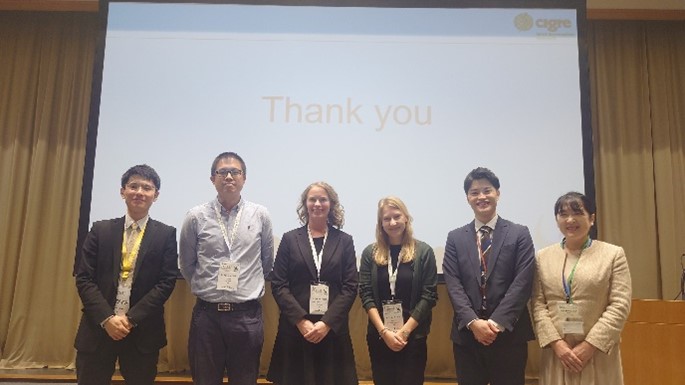
D. Herai, B. Lin, K. Engel, K. Weindl, Y. Nakashima, N. Otaka

Y. Nakashima, T. Laneryd, H. Lugschitz, T. Katz (online)
Tutorials
Six tutorials were presented at the beginning of the colloquium:
- Tutorial 1-1: B2/C4.76 Lightning & grounding considerations for overhead line rebuilding and refurbishing projects, AC and DC by Dr. William Chisholm, consultant and Dr. Nadiah Hudi from Tenaga Nasional Perhad.
- Tutorial 1-2: B2.66 Installation of HTLS conductors by Vivek T. Chari, director of operations at TAG Corporation and Hans-Joerg Krispin from RIBE.
- Tutorial 1-3: B2 Green book Structural dynamic loading effects on overhead lines: Impact on supports and foundations by Dr. Leon Kempner, principal civil engineer for the Bonneville Power Administration, Dr. Asim Haldar, Technical advisor at CEATI and João da Silva, technical director of Paranaiba Transmissora de Energia.
- Tutorial 2-1: C3.01 Electric field, magnetic field and human health by Dr. Michel Plante, medical advisor for Hydro-Québec.
- Tutorial 2-2: C4/A3.53 Applying Low-Residual-Voltage Surge Arresters to Suppress Overvoltages in UHV AC Systems by Dr. Jinliang He from CRIEPI.
- Tutorial 2-3: C4.59 Real-time Lightning Protection of the Electricity Supply Systems of the Future by Dr. Haocong Xie, Changjiang Scholar Professor of China Education Ministry and Chair of the High Voltage Engineering Research Institute in Tsinghua University.
Technical exhibition
There were 12 exhibitors, and pamphlets were available from 26 additional companies. This allowed the participants to interact with industry representatives and learn about the latest technologies available.
Key learning points from the Sendai Colloquium
Key learning points for Study Committee are provided in the following sections.


Presentations in progress during the conference
Study Committee B2 - Overhead lines
Many interesting topics were covered, and the highlights of the presentations and papers are as follows:
Life extension: A method for assessing the efficiency of compact AACSR conductors for a river crossing was presented, along with the self-damping and endurance limit of the conductor. The impact of wind turbines on aeolian vibrations and the potential for extending DLR systems with health monitoring capacity were also discussed.
Dynamic Line Rating (DLR): The sessions covered a wide range, from the conceptual development of line rating calculations to the field testing of different DLR sensors, including the use of OPGW optical fibers to measure wind velocity.
Monitoring: The sessions covered a broad range of topics related to the management of OHLs, including land management and easement access, efforts to combat vandalism and theft, structure corrosion and landslip measurement, and conductor condition assessment.
Drones and live line: This session combined new developments and proposals on the use of Unmanned Aerial Vehicles (UAV) for inspecting live lines with studies and proposals for dealing with induction in the proximity of energized facilities.
Digitalization: The papers focused on Artificial Intelligence (AI) image analysis, diagnostics, and image processing to identify powerline abnormalities. They also discussed vegetation management in transmission line Right of Way using image processing of satellite imagery in India and improving reliability of asset databases from aerial LIDAR measurements.
Snow and wind loadings: The sessions covered the determination of wind and snow loads, countermeasures against snow accumulation on towers, snow accretion on conductors and galloping, and finally, the modelling of wind-induced cascading collapse of towers.
Resilience: Key points discussed included the challenges utilities and overhead line asset owners now face with increased costs for upgrading existing designs to suit latest standards, including convective downbursts and tornado loads, and increased risks to safety, economy, and reliability for transmission line assets if proactive assessment and reinforcements are not addressed within a relatively short timeframe.
Environmental impact: The range of topics was wide and included methods for transporting maintenance equipment to remote sites with minimal impact on nature, problems with altered vegetation below overhead lines and the resulting need to raise the conductors, forest fire risk evaluation, and planning aspects or benchmarks concerning environmental risks.
Recovery techniques: A reinforcing method was evaluated numerically and experimentally. Failure analysis following typhoon or winds and earthquakes, and replacement methods without extensive shutdown, were discussed.
Towers and foundations: New concept of grillage foundations, where metallic angles are covered with precast concrete designed to be used in mountainous regions, was introduced. A new damper specially designed to dampen those extreme slender arms of the steel poles prone to vortex-induced vibration (VIV) was also presented.
Composite insulators: The well-attended session covered extensive tests on composite insulators taken from service in order to determine their actual condition and life expectancy. Some specific issues of composite insulators were discussed, i.e., the proper attachment of arcing horns on the end fittings of the insulator, the generation of noise by a specific type of sheds, lightweight composite jumper support insulators, and the much-discussed subject of the electric field limits for composite insulators.
Study Committee C3 - Power system sustainability and environmental performance
Very interesting topics were addressed in two sessions, one dedicated to environmental impact of overhead lines and the other specifically dedicated to EMF.
Four topics were discussed during the first session:
- Designing of the best route considering different parameters. The discussion focused on landscape simulation tools using 3D software technology, as a useful method to assess the environmental impact of an OHL, and the relevance of stakeholder engagement, considering the lessons learned and recommendations from a real project in the Netherlands.
- Possible solutions to avoid power outages due to bird interaction with OHL.
- Interactions between submarine power cables and benthic invertebrates. This type of study is considered highly relevant, as the installation of submarine power cables is increasing worldwide and there is insufficient data to assess the importance of the interactions of EMF and heat emitted by the cables on the marine fauna.
Different issues were presented in relation to EMF. Most of them showed the results of long and in-depth research on EMF exposure and its effects.
Study Committee C4 - Power system technical performance
The papers reflected wide and international interests in the fields of insulation coordination, digitalization, and maintenance management. The following topics were primarily discussed:
- Development of methods, models, and analytic techniques for improving dynamic performance of power systems including lightning protection and power quality
- Development of new system and operational methodologies
- Activities and methodologies necessary for realizing the maintenance strategy for renewable energy sources
Best paper awards
Given the number of presentations from each participating study committee, three best papers were chosen for SC B2, and one each for SC C3 and SC C4.
- SC B2 best paper:
Understanding and mitigating the effects of climate change on overhead transmission lines: recent developments in Italy
Michele de NIGRIS, Andrea ABBATE, Riccardo BONANNO, Elena COLLINO, Paola FAGGIAN, Simone SPERATI, Francesca VITERBO
- SC B2 2nd best paper:
Principles of Combined Wind and Snow Loads in the Japanese Standard of Transmission Tower Design
Hisato MATSUMIYA, Soichiro SUGIMOTO, Shinya HATAKEYAMA, Takeshi YOSHIMI, Shinya NIISEKI
- SC B2 3rd best paper:
Estimation of Rating enhancement and optimised conductor monitoring for Dynamic Line Rating on long transmission circuits by integration of modern meteorological practice
Benjamin BRINT, David BORRIE, Colin THOMPSON
- SC C3 best paper:
Improving identification of interaction mechanisms of EMF exposure through biomathematical models
Julien MODOLO, Alexandre LEGROS
- SC C4 best paper:
Development of evaluation process for demand-side resilience against power outage
Norio SAKAI, Takuro TOBO, Reiko TAKAHASHI, Yutaka IINO, Kuniaki YABE, Yasuhiro HAYASHI
These best papers have been published in the February 2024 edition of the CIGRE Science & Engineering journal (CSE).
Final word
The colloquium was a tremendous success. This achievement was made possible thanks to the Japanese National Committee, the host utility Tohoku Electric Power Network Co., the former SC B2 chair Herbert Lugschitz, the current study committee chairs involved, the organizers, contributors, speakers, and presenters. We also extend our gratitude to the audience for their interesting questions and lively discussions. The event was a remarkable occasion where we could feel the Spirit of CIGRE, which was conducive to fruitful exchanges.


